Renew Your USEA Membership for the 2023 Season Today LEARN MORE
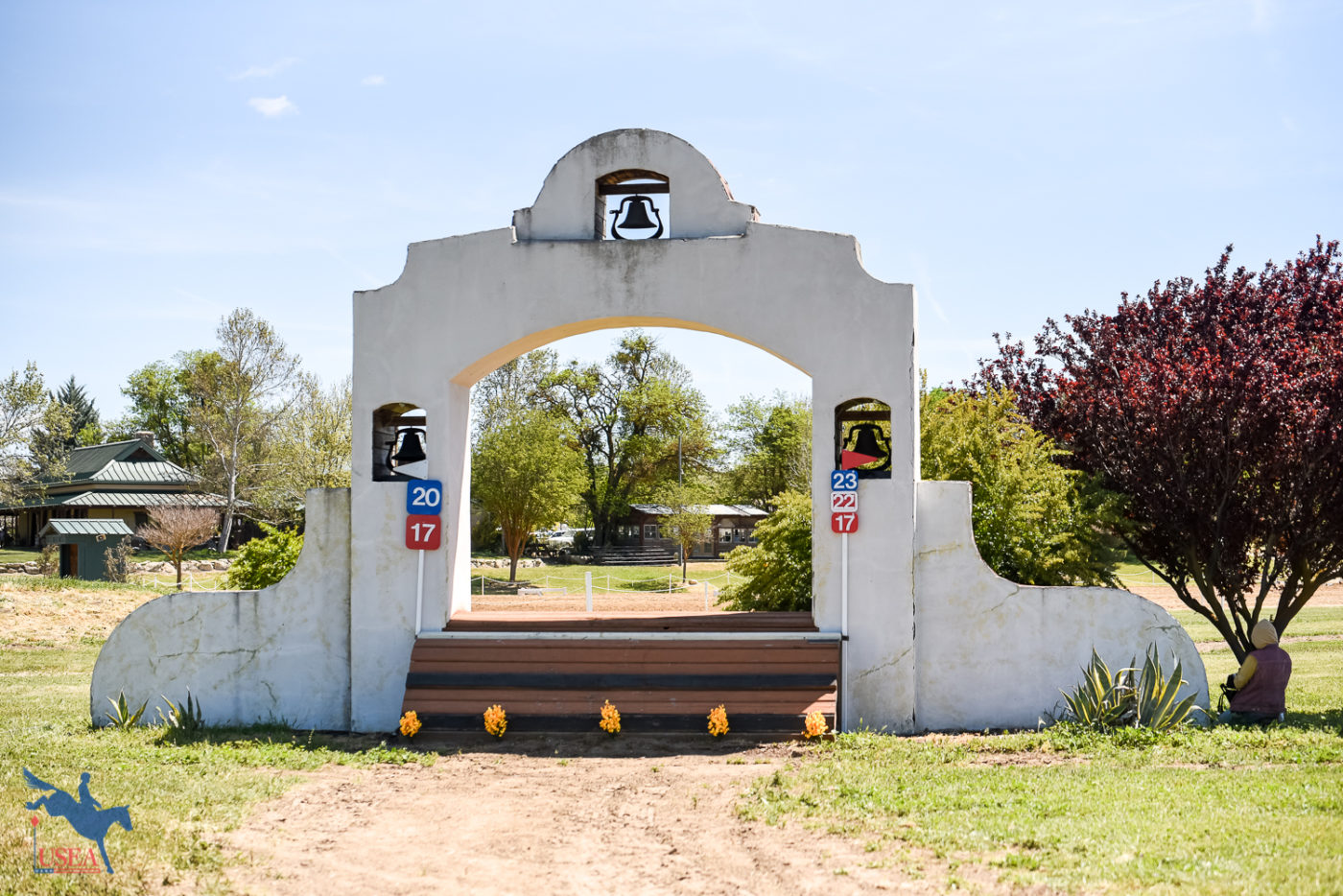
In addition to being a rider, trainer, and coach, James Atkinson is also a USEF “S” course designer. Originally from England, Atkinson immigrated to Canada at age 13. He represented Canada at the both the 2002 World Equestrian Games and the 2011 Pan American Games where he earned a team silver medal. Atkinson has worked as a course designer at venues on both the East and West Coasts and overseas in England. Additionally, he works for the USEA and USEF as a course design instructor.
As the course designer for the Twin Rivers CCI and Horse Trials, Atkinson oversees the course design for the CCI4* level all the way down to the Beginner Novice level, assisted by course designer Marc Grandia for the Preliminary level and below. Tasked with designing 10 separate courses for the nearly 500 competitors in attendance at Twin Rivers as well as riding a horse in the Intermediate division and coaching several students, Atkinson has his hands full this weekend. Still, he took time out of his busy schedule to talk about course design, which he confessed, “I could talk about all day long!”
What makes good footing?
“Footing is incredibly important – inconsistent footing is the hardest things on horses. The reason why we prepare the ground here is because it may be that the footing is green right now, but for most of the shows it’s dry and burned off. It’s not actually turf – there’s not enough organic material in the soil, and that’s what makes footing. The grass on top of turf is just for looks. What makes turf – good footing – is the organic material that is below the surface. When there’s compression on the surface then the soil compresses the roots and the ground compresses and expands. Good footing is when the lower part has cushion and the top should be tight. Good footing is the opposite of what it often appears – we want to have give below the surface, and plant roots provide that.”
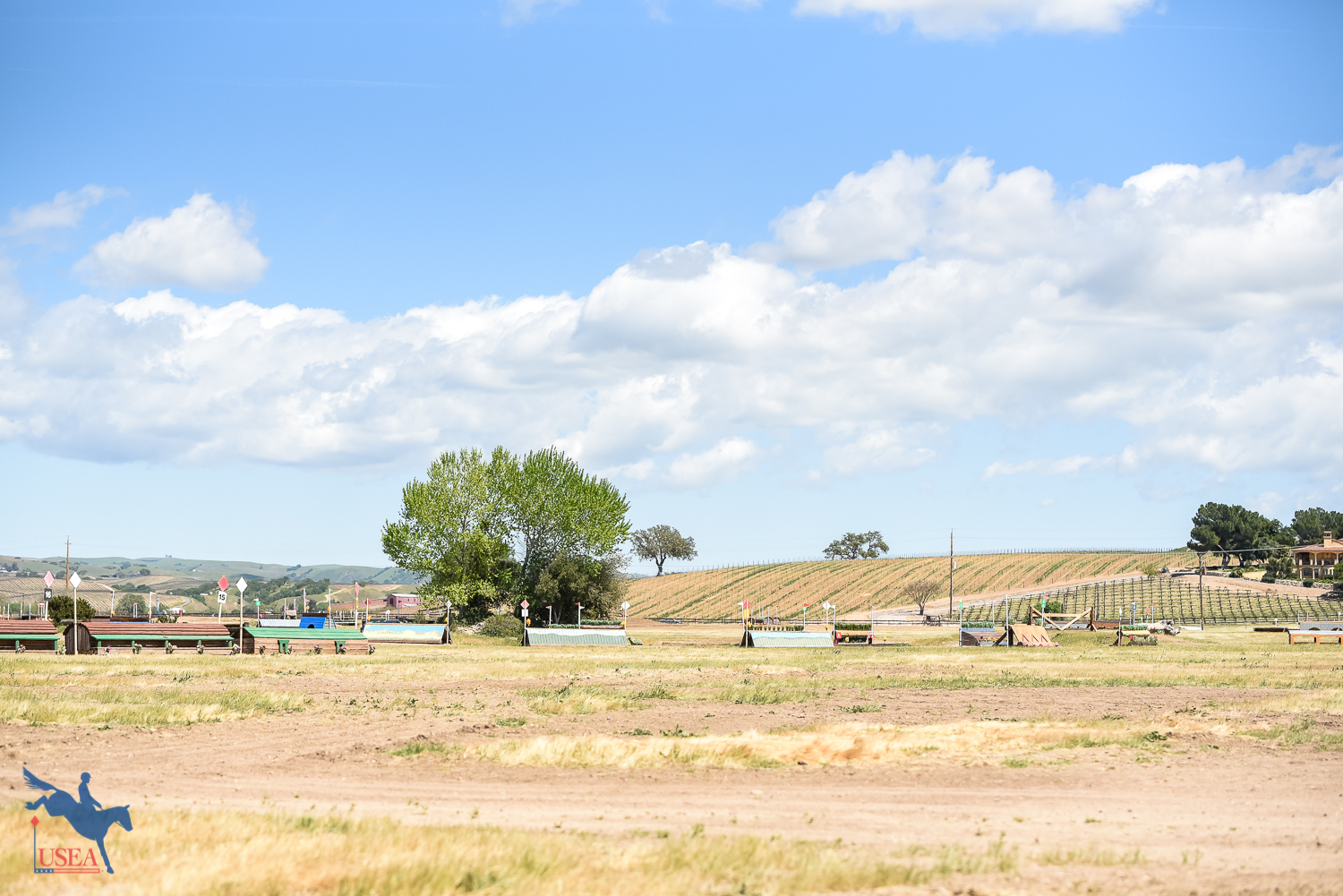
What kind of work goes into preparing the footing at Twin Rivers?
“The fact that we prepare the footing opens the door to a lot of expectations from people. At Twin Rivers we don’t have [turf]. There’s no root structure. The soil [in the upper field] is basically washed sand, and water is of limited value because it just runs right through. The most effective thing we could do here was lay dirt on top of the sand. [In the lower field] we work the footing deep with a heavy disc tiller so it’s loose and then we dump water on it for the week and then pack down the top. It’s as good as any turf. What is most important is to get the footing as consistent as possible from the lower field to the upper field. To come up with the same results it’s a very different recipe.”
How have you gone about creating terrain at Twin Rivers?
“Our jobs as course designers is to make the best course we can in the most cost-effective way. The ground tells you what it wants to be. It’s harder to manufacture something than it is to exaggerate what’s there. The only natural hill on this course is the one from the upper to the lower field. Jeff [Baxter] has made some of the mounds in the past when he had extra dirt from a job, but they weren’t really used that much. I started using them a lot at all of the levels – we’ve been on roll [using the terrain]. He’s been really on board with making things interesting and exciting.”
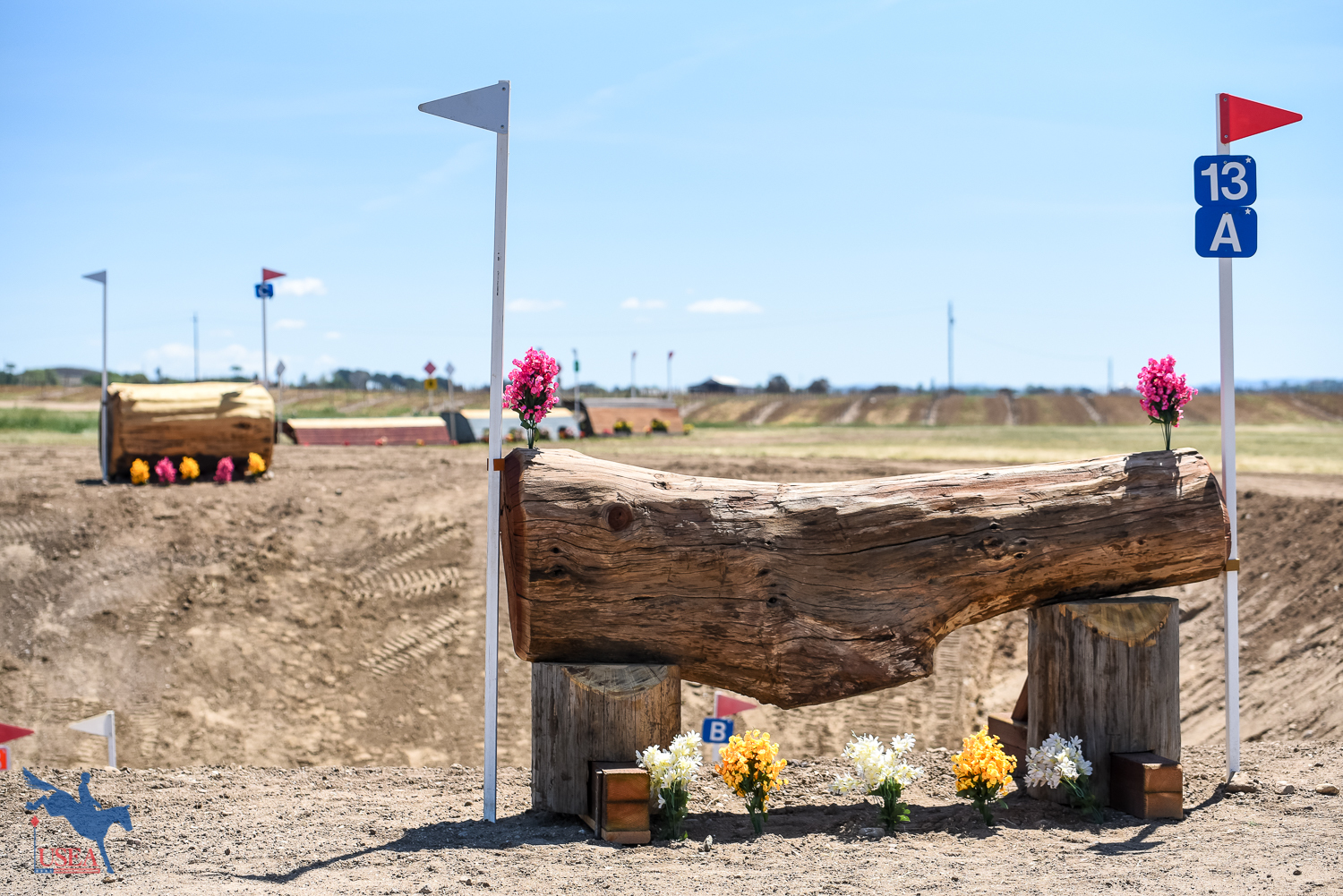
Is there anything specific you do to help the horses be successful?
“[As a course designer] all you think about all day is how horses see and perceive things and what’s going to make them understand the shape and the profile of the fence so they can jump safely. That’s always where you’re coming from as a course designer. There’s a lot of things we do to help the horse see the fence. For example, we put double flags on all the top spread fences because horses see from the side – they don’t even see the front of the fence.”
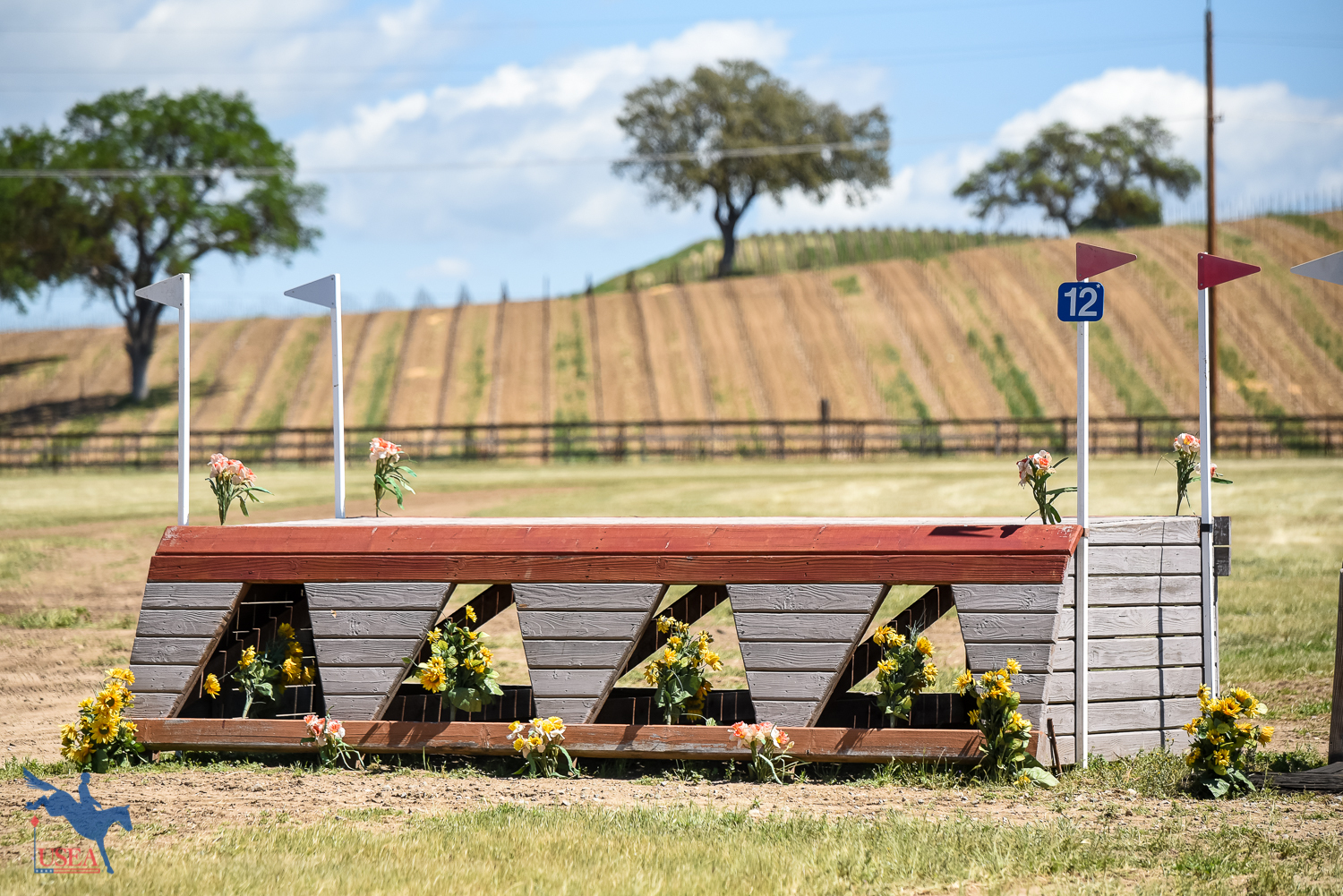
“Every time the horse comes out of the turn and sees the fence in front of him it should look different. It should make them pay attention. If you have three or four of the same jump in a row the horse is going to jump them less and less well, be less and less impressed. I make an effort to go from a dimensional type material to a log type material. I do build a lot of stuff that’s open underneath because they’re a bit lookier for the horses but you can fill them in or leave them as open as you want.”
What are you designing for at the Advanced level?
“We say that we’re trying to educate the horses up through Intermediate level and at Advanced we test. But we don’t test boldness of the horse its own – we don’t put the biggest, hardest thing we can find out there and see if they jump it, that’s not the kind of testing we do. We test to see if they are trained to where if they don’t know how many steps to put in and the terrain is tricky they see the jump and they know how to jump it. I think the most important level to get it right when you’re designing is Intermediate because we add top spread and related distance in combinations where you have to have at least two of three things: a good canter, a good distance, and a good line. You can jump Intermediate with two of those and you can jump Preliminary with one of those. At Advanced we start to require all three.”
What was the thought process behind your design of the combination at 17ABC on the CCI4*-S course?
“You have to have your act together on the backside [of the first element.] This is an important part of making this successful for people. [The first element] is only a Preliminary level top spread, so it looks massive and significant but it’s just under the 4’7” top spread. It’s really just a nice shape but it’s supposed to look big enough that the riders have to ride up to it. For this exercise to be successful you can’t canter down here like you’re in the show jumping ring."
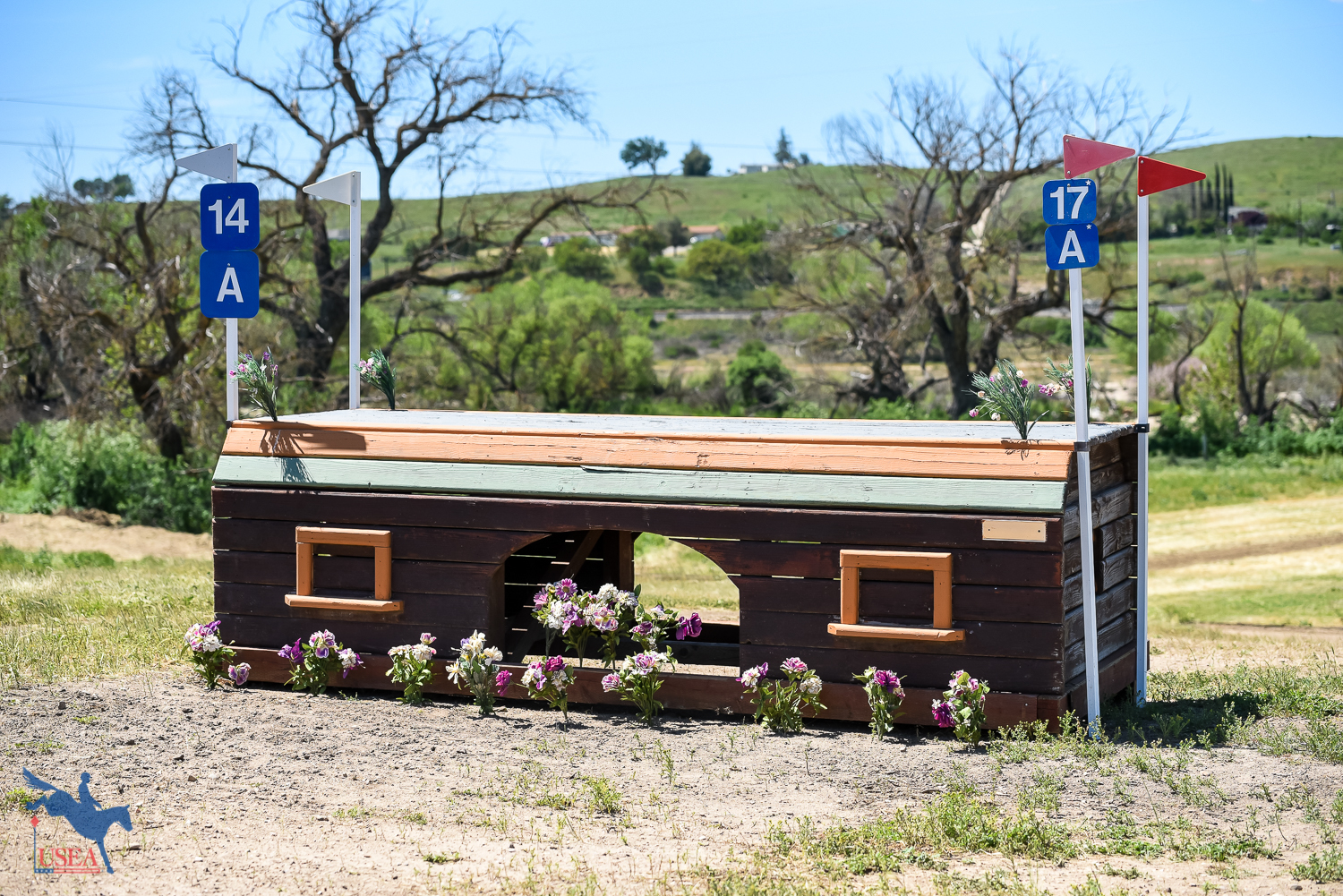
"The experienced riders will be fine, the greener riders will be picking and pulling all the way down here and would never put their leg on. Their horses will crawl over [the second element] and barely get out over the corner. I’m telling them you have to gallop in and then do what you can to balance down the hill and the horse will jump.”
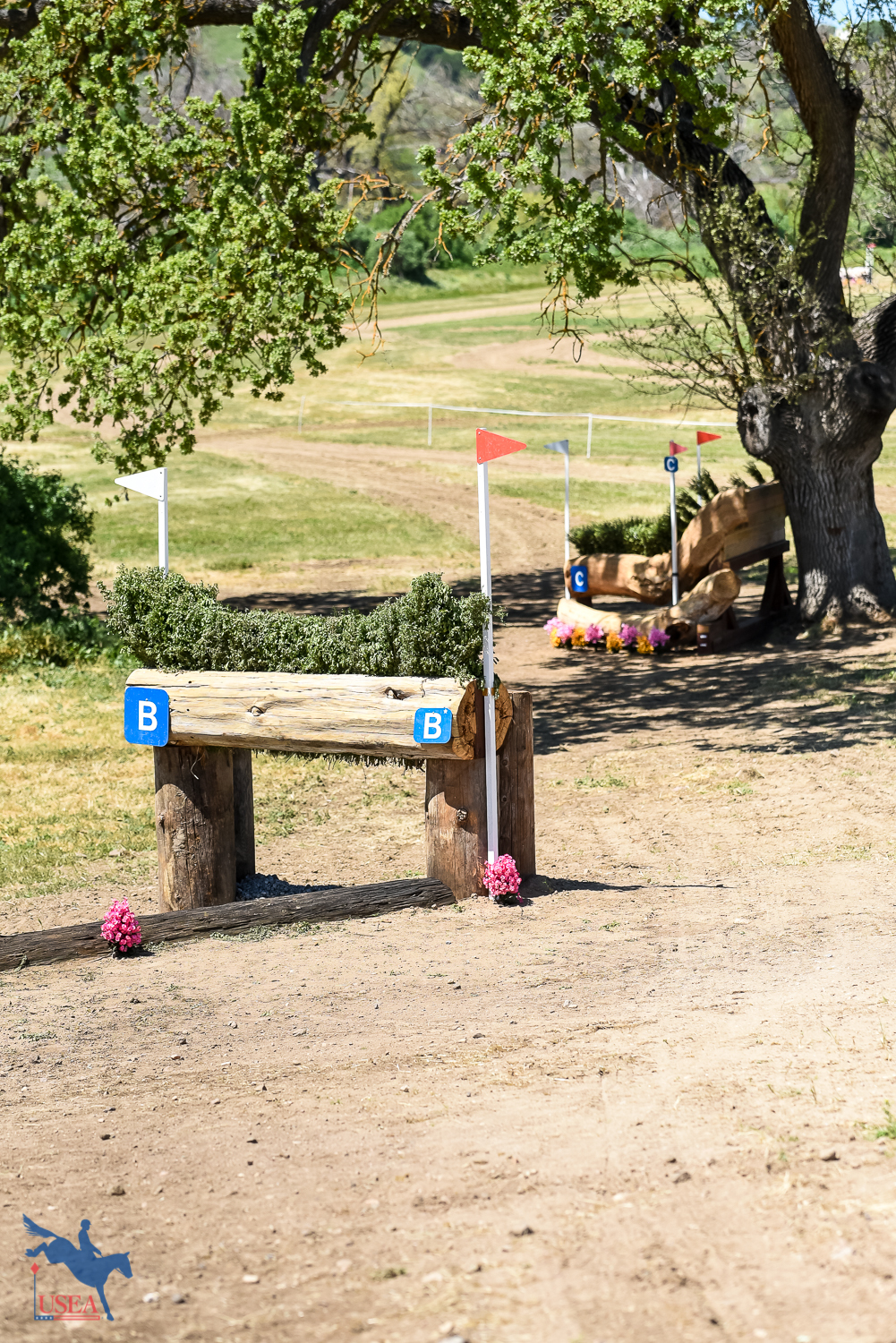
What defines your cross-country course design ‘style’?
“The questions that I ask, there’s an obvious progression for the horses and the riders. You can’t have every question on every course, but if I have a question I extrapolate it down through the levels. People see that they can be successful at the level and their horse understands the question. People really appreciate that and I think it’s the right thing to do, and then you only have to design one course!”
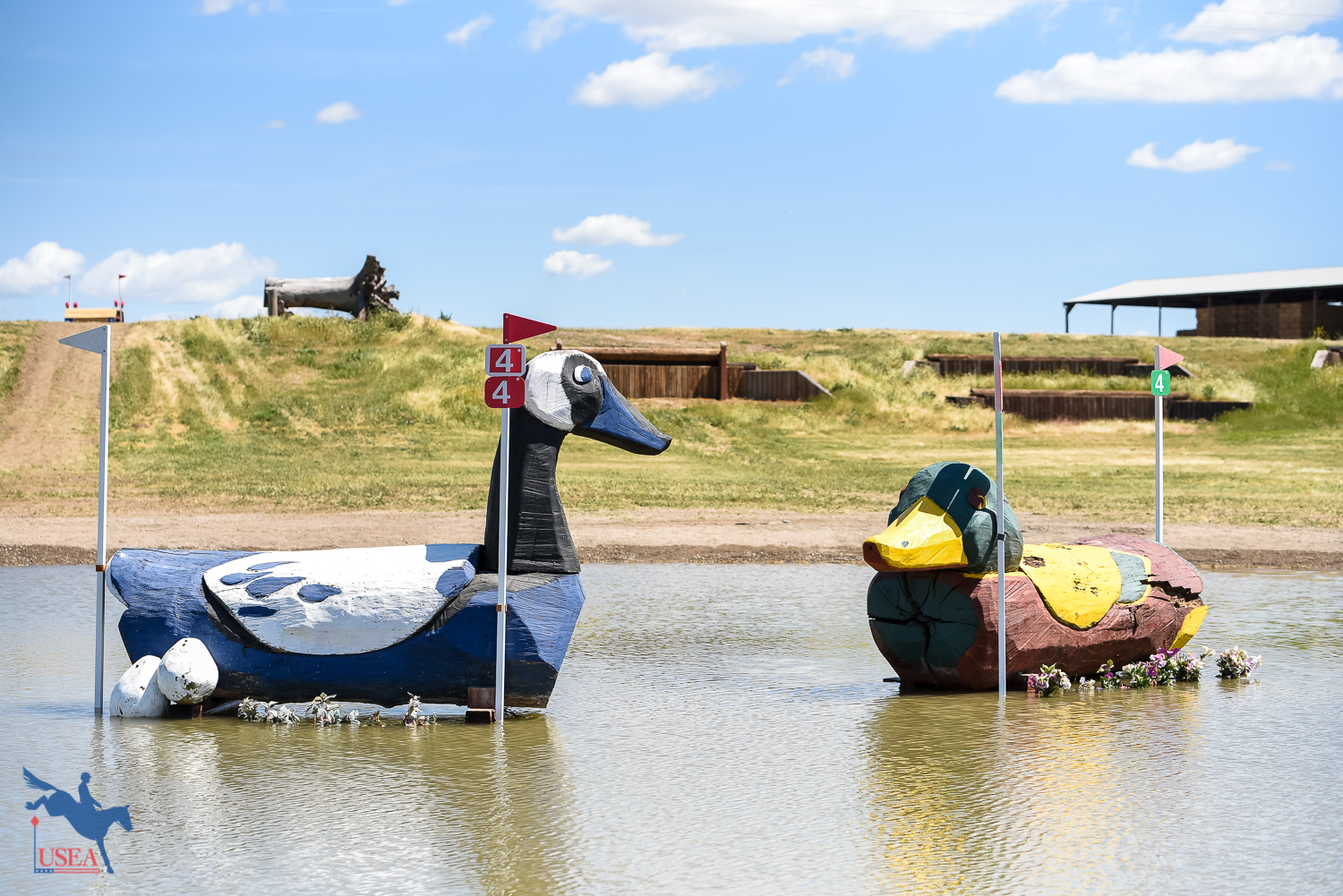
“We need to be creative and do different things. The reason we need to be creative in course design is because every piece of ground is different, and every environment is different. There’s always an appropriate question to put in each situation. I don’t have all the answers, but I pay attention and I will continue to find patterns [in the horse’s behavior].”
What goes into designing a new cross-country course?
“Ideally I would like a clean slate – I wouldn’t like to know what the courses were before and how they ran. Then I’ll come and lay it out fresh and I won’t be affected by what’s been done before. You want to have your first fence leaving the warmup in a way that they aren’t leaving everything they know and love because you want the horse to be successful. Then, depending on the property – sometimes they’re small, sometimes they’re big – you want to go out and measure a couple of loops. There’s obvious places, like existing water jumps, that you want to figure out how to get to. From there you start to put something together that has practical access to the warmup and the barns and you want to finish either right at the barns or back at the warmup. My strategy is to design one course – I usually start with the second highest level – and then extrapolate for all the other levels. You want to come up with your basic flow and track that you want to extrapolate and you want to make sure you have places you can add in. Shoot for something right in the middle of the distance range so you have some wiggle room.
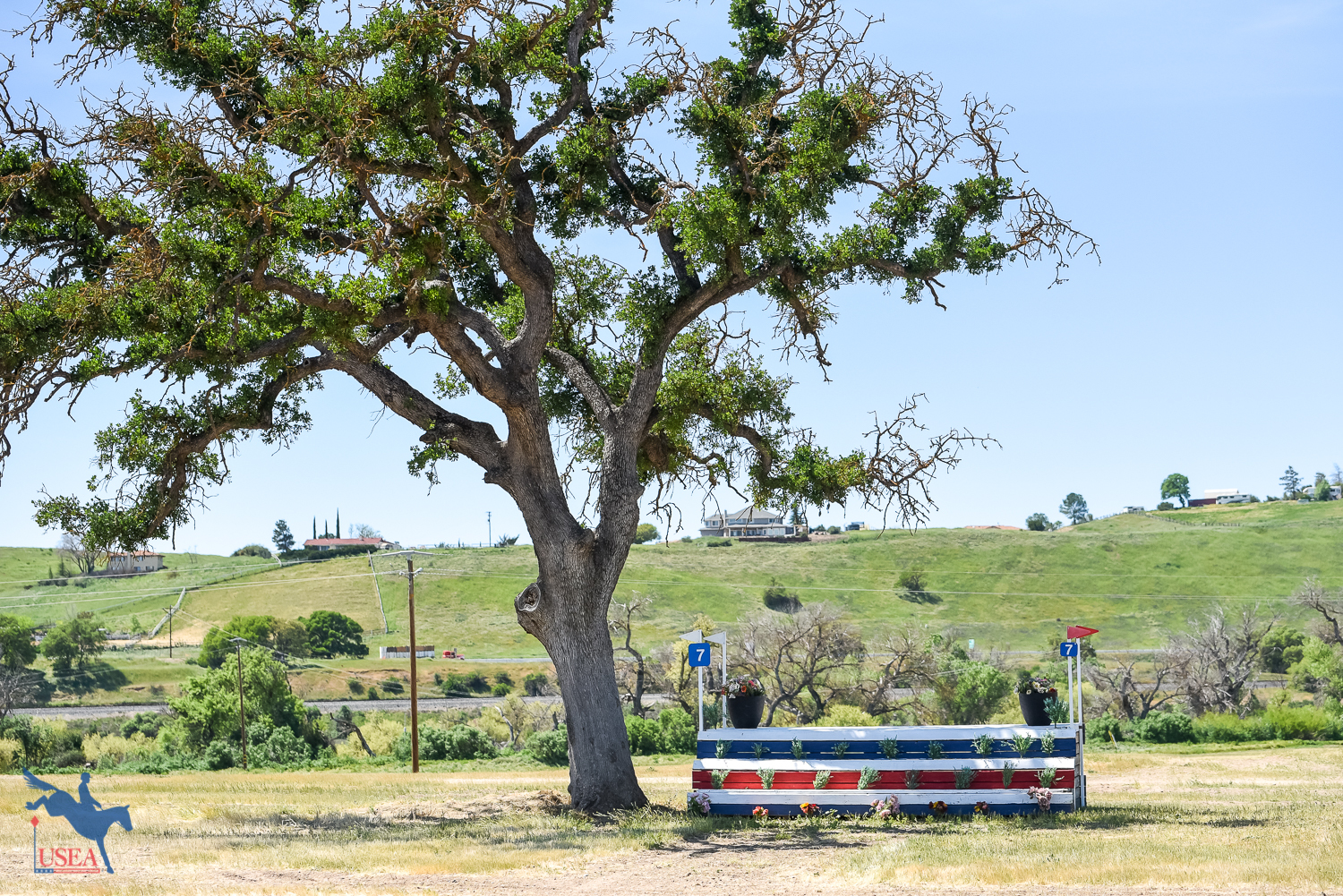
What else that informs your course designs?
“I’m pretty particular about following the rules. I want to do the right thing that aligns with the rules and with the sport, because our sport is this hypothetical thing that is defined by the rules we’ve made up. It’s reminiscent of the military challenge, but it’s not that. The sport as we know it is based on the rules we created. I’m not necessarily in life a rule follower, but these rules are to be followed. It cannot be subjective or arbitrary outside of the dressage arena. The rules are what make the sport.”
How does being a rider and a coach influence your course design?
“I think it works both ways. The most noticeable thing to me was that becoming a course designer made me a far better rider and coach.”